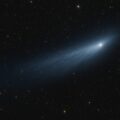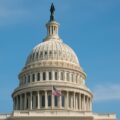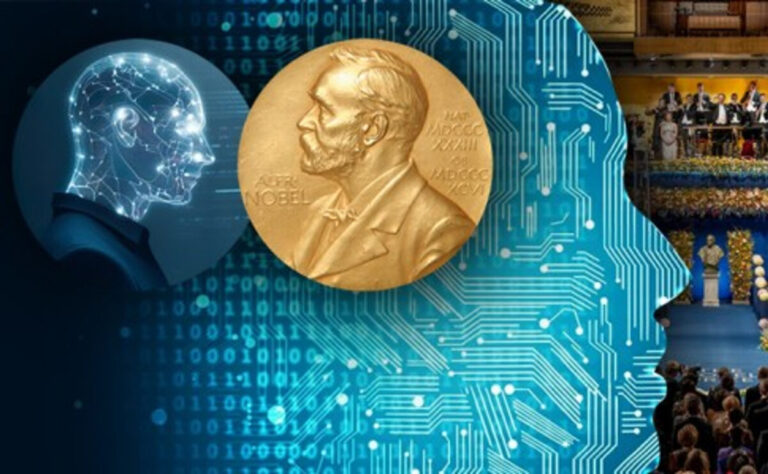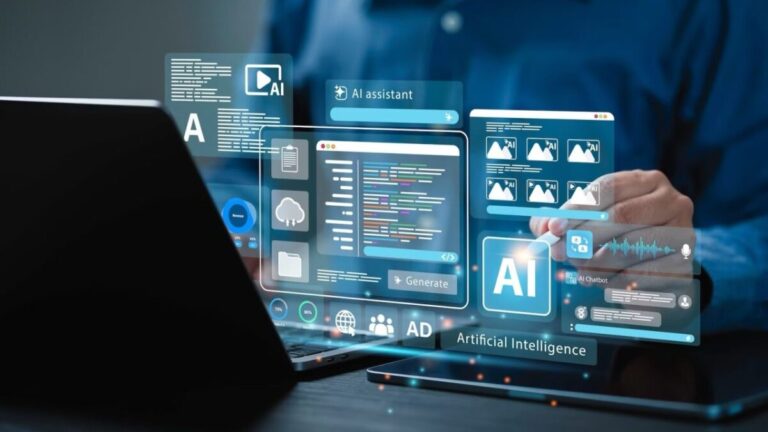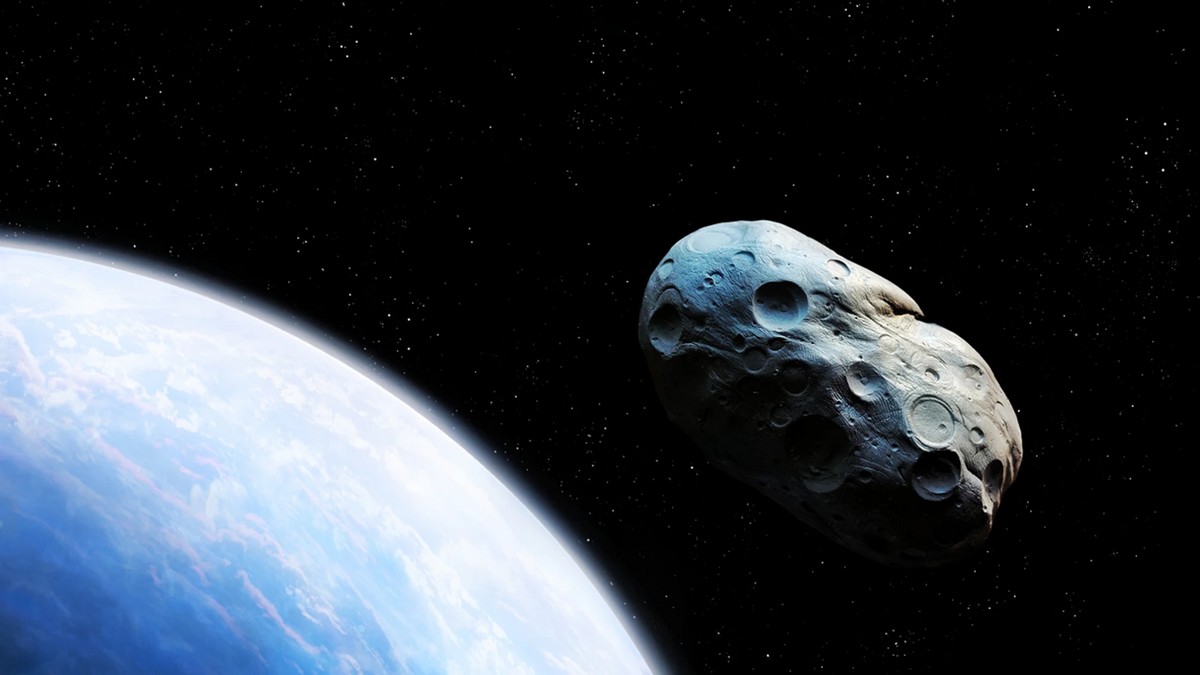
Asteroid 2025 FA22: How Science Studies Cosmic Risks and Strengthens Earth’s Defense
On September 18, 2025, the global media once again turned its attention to space news: astronomers were closely watching the flyby of asteroid 2025 FA22 near Earth. According to NASA and the European Space Agency, this celestial body measured between 130 and 290 meters in diameter about the length of a large multi-story building and traveled at a speed of over 38,000 km/h.
Despite all the buzz, it was clear from the start: “the asteroid’s trajectory did not intersect Earth’s orbit.” Still, the event sparked a wave of public discussion from memes and jokes about the “end of the world” to serious conversations about humanity’s safety and the need to invest in planetary defense systems.
According to NASA experts, the flyby of 2025 FA22 was not just another observation: “Such monitoring is extremely important for testing early warning systems for potentially hazardous objects.”
Each such event is an opportunity to:
- refine the orbit and structure of the asteroid,
- test monitoring systems and international coordination,
- collect data to make future risk calculations more accurate.
Experts emphasize, “The flyby of ‘2025 FA22’ was a unique chance for detailed studies of asteroids from analyzing their structure to calculating trajectories.” This kind of work is especially relevant, as hundreds of new near-Earth objects are discovered every year, some of which may pose a potential risk in the future.
Was There Any Real Threat to Earth?
According to preliminary calculations from NASA and ESA, there was no threat to the planet. At its closest approach, the asteroid passed at a distance of more than 800,000 kilometers from Earth, which is more than twice the distance to the Moon.
Earlier, there was a possibility that FA22’s trajectory could become dangerous in the future, but after additional observations, scientists have completely ruled out any collision risk, even in the distant perspective.
Events like this demonstrate just how important it is to regularly check and update data. Each new flyby is a test of global algorithms and cooperation programs among agencies. As ESA acknowledges, “Such ‘cosmic visitors’ help improve monitoring methods and prepare humanity for possible collision scenarios in the future.”
Post List
How the Public Reacted
Even though there was no real threat, the news about FA22 quickly became a trending topic on social media. People actively discussed all possible scenarios from ironic jokes to serious questions about space safety. This is a typical example of how a scientific event can become a social trend: in times of uncertainty, society looks for both reassurance and explanations.
Why These Observations Matter
From a scientific point of view, events like this are critically important.
First, they demonstrate the readiness of modern systems to identify and monitor potentially hazardous objects. FA22 is a clear example of how, thanks to cooperation between NASA, ESA, and other agencies, risks are detected, assessed, and as more data is gathered ruled out.
Second, such cases serve as a test for international cooperation and data transparency. The rapid exchange of information allows timely public updates, helps reduce panic, and prevents misunderstandings.
Third, each observation is a step toward improving early warning systems. Today, specialists can not only refine trajectories but also study the physical properties of objects: shape, composition, rotation speed giving us the tools to develop more effective response plans in the future.
The flyby of asteroid 2025 FA22 is not a threat but a vivid demonstration of how far modern science has come.
From initial alarming predictions to confidently ruling out any danger, this is a journey scientists take together with society. That kind of collaboration is why such astronomical events have not only scientific, but also social value.
Preparedness, constant monitoring, and open dialogue remain the best defense against cosmic challenges in the future.





